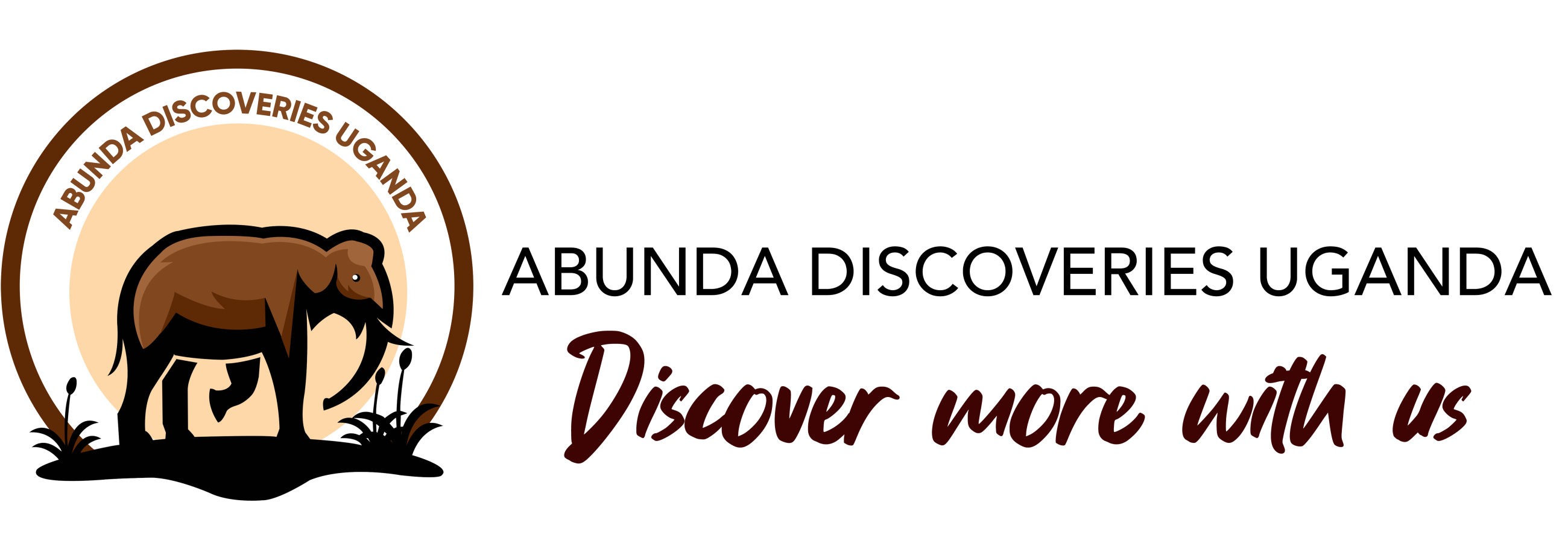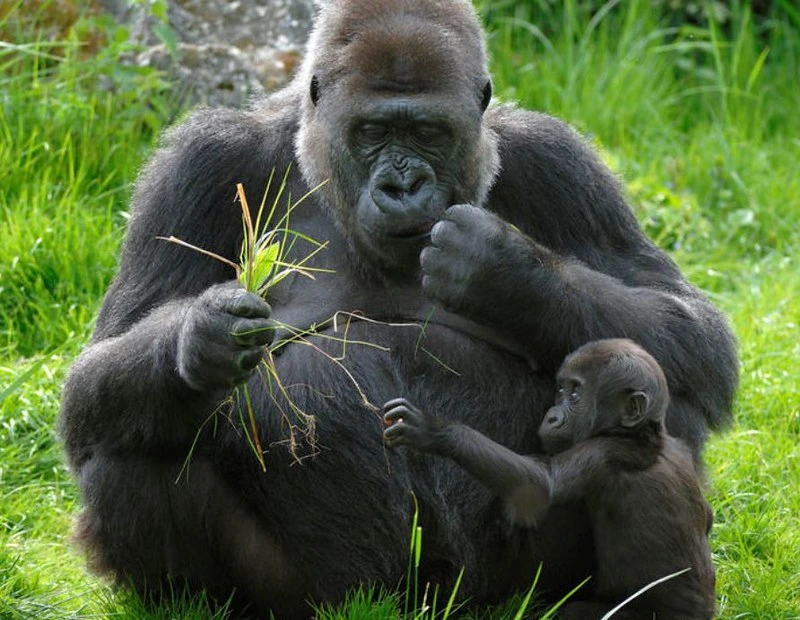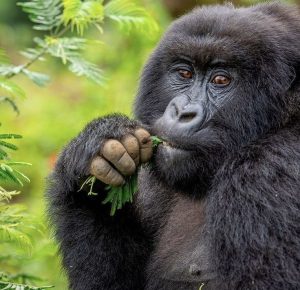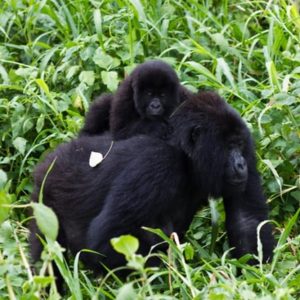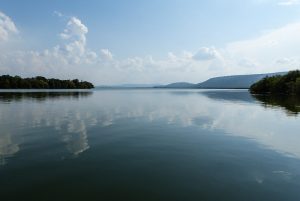How Gorilla Trekking Benefits Conservation
In East Africa, gorilla trekking is one of the most popular tourist destinations. Every year, tourists from all over the world come to see these incredible primates in their native habitats in Uganda, the Congo, and Rwanda. Fishing, boat excursions, game drives, nature walks, bird viewing, and cultural tours are some of the additional tourism activities offered in these three nations. How Gorilla Trekking Benefits Conservation. Hiking into dense forests in pursuit of gorillas is known as “gorilla trekking,” and it’s a rewarding experience. Gorillas can be seen up close in the Volcanoes National Park in Rwanda. The Virunga National Park in the Democratic Republic of the Congo. The Mgahinga National Park in Uganda and the Bwindi Impenetrable National Park. Although most of the world’s surviving mountain gorillas are found in Uganda. Some tourists choose Rwanda due to the gorilla parks’ closer driving distance.
Cost of a gorilla permit in Uganda
Gorilla trekking costs $800 per person for foreign non-residents, $700 per person for foreign residents, $500 per person for Africans, and 300,000 UGX per person for East African citizens in 2025–2026 in Bwindi Impenetrable National Park and Mgahinga Gorilla National Park.
The cost of a gorilla habituation permit at Bwindi Impenetrable National Park is $1,500 for non-resident foreigners,$ 1,000 for foreigners, $1,000 for Africans, and 750,000 UGX for East African nationals.
Cost of a gorilla permit in Rwanda
Rwanda markets itself as a high-end gorilla trekking destination, and permit costs reflect this positioning. International visitors must pay $1,500 for standard permits. There are various concessions offered by the country: inhabitants of East Africa pay $500, while nationals of the East African Community countries pay $200. High-end accommodation alternatives, shorter travel distances from Kigali airport to the gorilla habitats. And first-rate infrastructure all help Rwanda justify these increased costs. Additionally, the increased fees fund community development initiatives and intensive conservation efforts.
Cost of a gorilla permit in Congo
For both international residents and foreign non-residents, a gorilla trekking permit in the Democratic Republic of the Congo (DRC) costs $400. Congolese nationals pay $200, which is a discounted rate. This is for trekking with lowland gorillas in Kahuzi-Biega National Park and mountain gorillas in Virunga National Park.
Best time to see gorillas
The gorillas are most accessible during the dry seasons of May through August and December through February. When the roads leading to the parks are more accessible and the gorilla routes are clear of mud and less slippery. All three nations have the same weather seasons. At the park headquarters, visitors are given an overview of what to expect when tracking the primates on the day of gorilla trekking. Maintaining a safe distance from the primates, not eating in front of them, using cameras without flashlights, and remaining silent to avoid frightening the primates are some guidelines for gorilla trekking.
Advantages of Gorilla Trekking for Local Communities near the Park
In many respects, gorilla trekking has helped the local populations surrounding the parks. Benefits of Gorilla Trekking and Researchers. The park administration has been able to pay scientists, including veterinarians, thanks to the money received from gorilla tourism. These experts do crucial tasks like performing gorilla censuses, frequently examining the primates for illnesses, and determining ways to enhance their living conditions when needed. For this reason, the total number of mountain gorillas is still growing. How Gorilla Trekking Benefits Conservation
The governments of the three nations have been able to hire Rangers due to the money made by gorilla trekking. Their job is to guard the primates from a variety of threats, including poachers, insurgents, intruders, and forest encroachment. Additionally, poachers have been deterred from invading the parks to hunt gorillas for their flesh, other valuable body parts, or as pets, thanks to gorilla trekking. The reason for this is that Gorilla Trekking helps Rangers and is frequented by park visitors. This benefits the communities surrounding the parks in such a way that they and their future generations. Will continue to benefit from gorilla trekking once the primates are safeguarded from poachers.
Other economic sectors, such as the road networks leading to the gorilla parks, have developed and revitalized as a result of mountain gorilla trekking. As more travelers sign up for the benefits of gorilla trekking. The money raised has also been utilized to expand other tourism destinations. And activities, such as trekking with chimpanzees and golden monkeys.
Entrepreneurs in the area
In addition to visiting the gorilla parks, tourists frequently engage in cultural activities in the nearby communities. Learning the traditional songs and dances, experiencing traditional African cuisine, and buying traditional African crafts and mementos [such as mats, hats, stools, and musical instruments] are some of these activities. Because they have more opportunities, the ongoing presence of tourists in gorilla parks has allowed the local communities to live better lives.
The locally run safari lodges in the park’s environs and nearby towns also house tourists. Local businesspeople have risen to prominence as a result, and they are responsible for the fantastic lodging options. Many young people from the area have also worked as porters in the parks and safari resorts.
To sum up, there are numerous ways that gorilla trekking has helped the local populations. By offering social services, economic chances, and employment options. It has improved the lives of many individuals who live near the parks.
